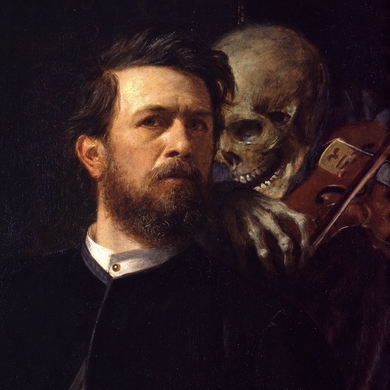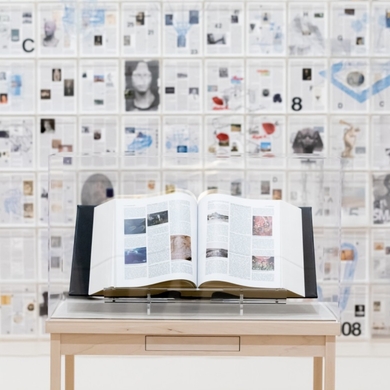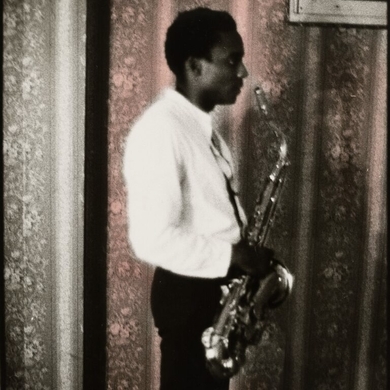One hundred years ago, in 1924, André Breton published his Surrealist Manifesto, which advocated for a revolution against rational thought and its constraints. His definition was simple: “Psychic automatism in its pure state,” Breton wrote, “by which one proposes to express—verbally, by means of the written word, or in any other manner—the actual functioning of thought.” And yet, psychic automatism took many forms. In Spain, the movement’s leading figure was Salvador Dalí, who painted irradiated, melting landscapes. Elsewhere, far from the French capital, artists interpreted Surrealism in their own ways. Many were women—Remedios Varo conjured mystical figures engaged in sorcery and alchemical experiments; Maruja Mallo transformed fish, bulls, and fruit into strange geometric forms; and Gala Dalí shaped her husband’s career and writings from the sidelines. To celebrate Fundación MAPFRE’s 50th anniversary, this exhibition brings together these “other” Surrealisms, with works on loan from 75 museums. —Elena Clavarino
Arts Intel Report
1924: Other Surrealisms

Marcel Jean, Surrealist Wardrobe, 1941.
When
Feb 6 – May 11, 2025
Where
Paseo de Recoletos, 23, 28004 Madrid, Spain
Etc
Photo: © Marcel Jean © París, Les Arts Décoratifs/Jean Tholance



